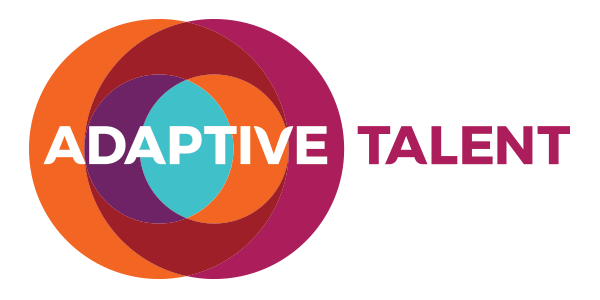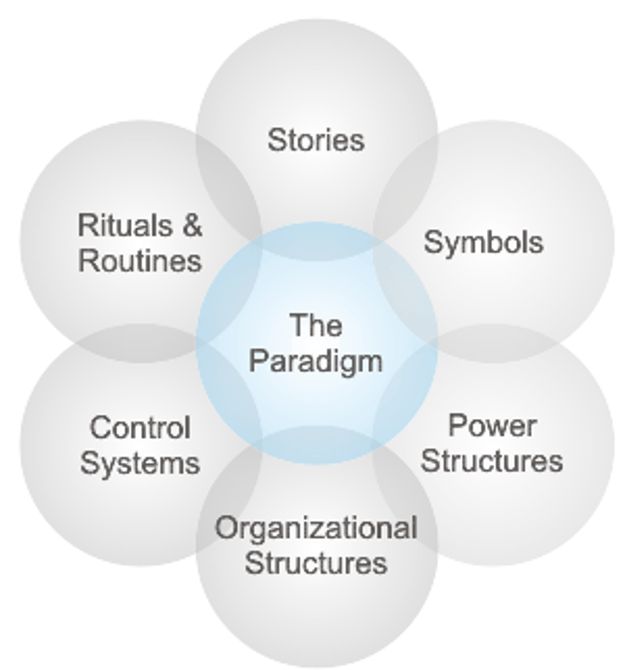Here’s an interesting article from Ken Milloy in the BC Human Resource Management Association’s HR Voice, a regular online publication highlighting best practice thinking. He does a great job explaining a comprehensive approach to evolving organizational culture. Here’s a reprint of the article: Culture By Design or By Default
“In 2007 a major Canadian Health region began to study its organizational culture. Not surprisingly, given numerous changes to the system, they found a number of different cultures within the single organization. The challenge was to find a culture that they could take forward and align all employees to. In 2008 two financial services at opposite ends of the country merged. They tested culture within each organization and found they were pretty close. The only trouble was that this was not the culture they needed for the new organization to meet future challenges.
In both instances the senior teams recognized the need to move forward on culture, beginning with their own behaviors. They have focused considerable effort toward establishing vibrant, healthy and adaptive cultures, because they recognize that this is the foundation for a high performing organization. Creating a culture that supports the work to be done is as important as designing the right rewards, improving processes and adding new technology and systems.
Great organizations continuously adapt their culture to meet internal and external challenges and focus on establishing the conditions for high performance. They shape their organization culture by design, rather then letting it happen by default. They focus on specific areas for improvement and then shape new practices, beliefs and behaviours creating culture by design.
Culture Fit
Culture design requires focusing on the deeply-embedded organizational DNA that shows itself in beliefs, behaviours and practices – the way things get done around here. These are evident in the culture patterns that support strategy, whether it focuses on innovation, exceptional client experiences, customizing solutions, doing good work or being reliable and efficient. By focusing on important culture patterns and shaping them collectively through group action, organizations build the alignment of their culture to strategy, and as a consequence deliver on their mission and brand promise and live their values.
Maintaining a Strategic Balance
To be successful organizations must be keenly aware of the factors that shape the external environment within which they operate. They must be well aligned with that environment and offer a differentiated value proposition or product / service offering to customers/clients.
What Truly Affects and Reflects an Organization’s Culture and Values?
Based on our research, experience and observation we believe the most important influencers of corporate culture are:
* Behaviour modelled by management
* Leadership that manages the culture continuously: What gets measured and tracked; what leaders pay attention to, measure and control
* Vision, Mission and Values – clarity of purpose and strength of commitment to stated values
* The level of employee engagement
* Total reward systems – Performance pay, promotion systems
* Recruitment, assessments, selection and termination practices
* How leaders throughout the organization respond to critical incidents that arise and test the values
* Systems, policies and procedures that determine how work is done
* Heroes and legends – stories that are told throughout the organization
* Ceremonies, celebrations and day-to-day recognition.
Culture Change Process
Changing a culture is not a simple task. It requires a comprehensive understanding of what is wanted and why, clarity on the behaviours needed to achieve the desired performance levels and a very sound change management and communication plan. The following steps outline what needs to be done to maximize success.
1. Identify the Desired Culture
This begins at the top with the senior leadership team exploring in detail:
– The corporate direction
– The performance characteristics that will be required for success
Involve the broader management team to:
- Develop detailed descriptions of the performance required
- Turn the detailed performance descriptions into statements of the “desired culture”
- Develop the Implementation Plan for the Desired Culture
- Develop a comprehensive, coordinated set of actions planned and scheduled to result in a change, over time, to the desired culture.
- Develop a clear communication strategy that is fully integrated with the change management plan you developed – ensure that the strategies adopted and tools used reflect the culture you are moving towards
2. Implement
- Communicate a clear image of the desired culture
- Modify your company’s work processes as needed
- Modify your performance management system to reward the desired culture while discouraging the unwanted culture
- Develop / deliver training programs needed to support culture change
- Develop and use appropriate metrics and/or feedback mechanisms to monitor progress
3. Evaluate and Adjust
- Undertake periodic evaluations of your progress and adjust your plan accordingly
- Evaluate your definition of the desired culture regularly to ensure that it is still the one needed to enable your vision and strategy.
The Rewards are worth it: Kotter and Keskett’s study of 207 large U.S. companies in 22 different industries over an eleven-year period showed that companies that managed their cultures well saw revenue increases of 682% versus 166% for the companies that did not manage their cultures well. Stock price increases of 901% versus 74%; and net income increases of 756% versus 1%.”
Adaptive Talent’s Culture and Organizational Development Consultants believe that culture is both a result of past practices and experiences, and an enabler or inhibitor to your plans. It’s a dynamic force that you can’t directly manage but you can shape in partnership with your people, and their engagement and consciousness has a direct impact on your ability to influence culture, which is one reason our Adaptive Leadership Program addresses both organizational / functional / team capabilities, culture, and individual leadership capacity at the same time as they dynamically shape each other. Check out prior articles on organizational frameworks and in particular the Adaptive Flow model for more detail. Finally, it goes without saying that it’s healthy and important to recruit new leaders to the mix, particularly if they are not scaling or willing to change. It can feel overwhelming to address this so please contact us for a no obligations chat.

